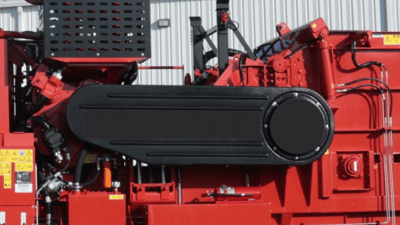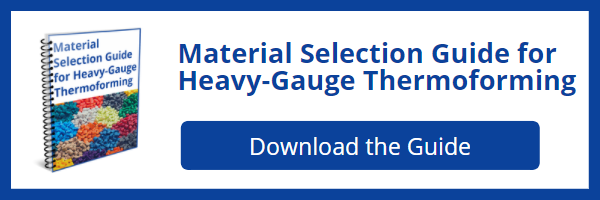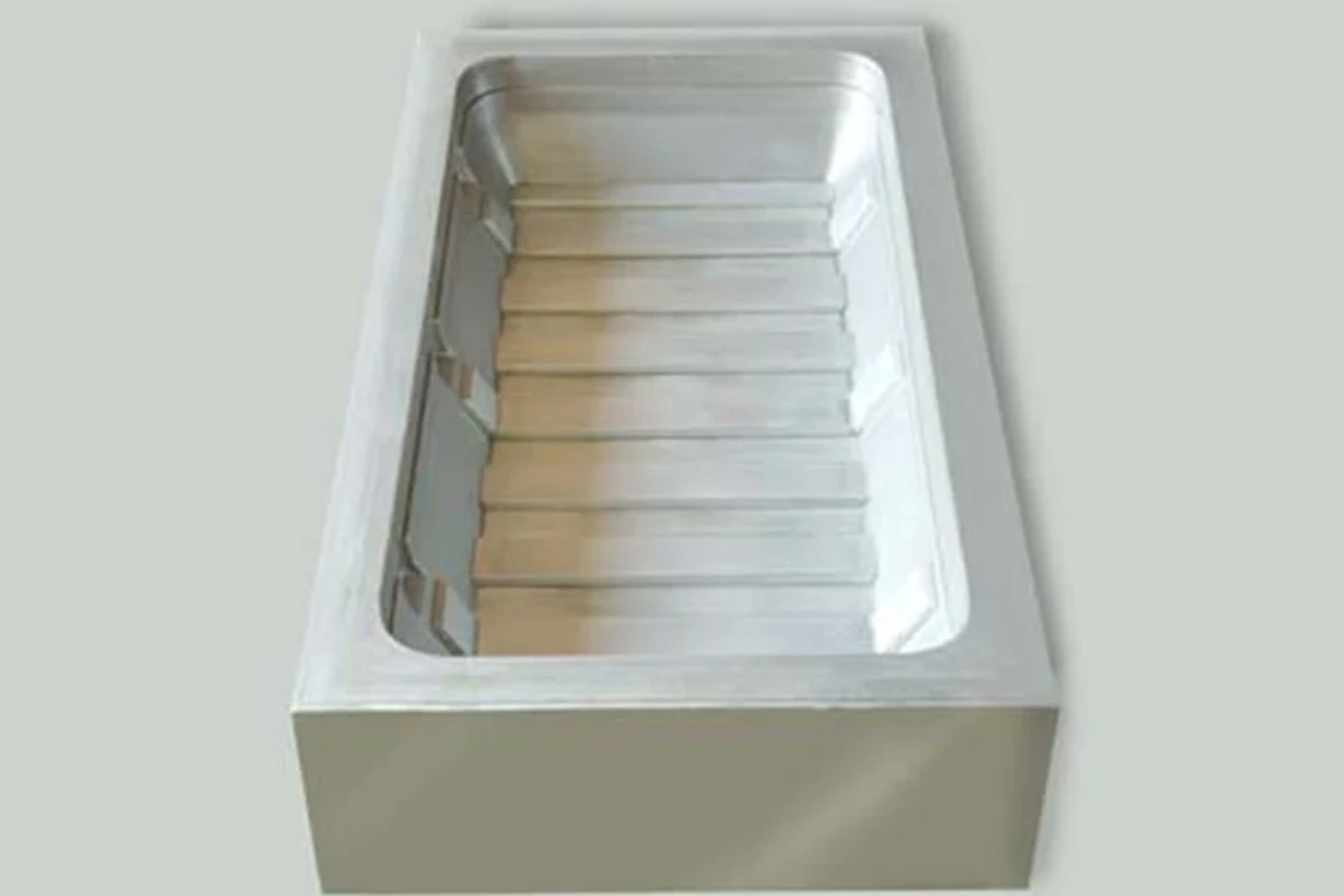Selecting the Right Materials for Heavy-Gauge Thermoforming
Part design for thermoforming of a heavy-gauge thermoplastic sheet, i.e., thicknesses of 0.0600in./1.5 mm or greater, usually consists of several interrelated components or steps, including CAD modeling, material selection, tooling design and build, and prototyping.
 Ideally, this should be a collaborative process drawing on the collective expertise of the thermoforming vendor, suppliers, and the customer to anticipate any issues and ensure a smooth, cost-effective launch once the part goes into commercial production.
Ideally, this should be a collaborative process drawing on the collective expertise of the thermoforming vendor, suppliers, and the customer to anticipate any issues and ensure a smooth, cost-effective launch once the part goes into commercial production.
Check out our new ebook - Material Selection Guide for Heavy-Gauge Thermoforming
Thermoforming of heavy-gauge parts comprises two main processes, vacuum forming and pressure forming. In vacuum forming, a vacuum is drawn beneath the tool pulling the heated plastic into the contours of the mold.
As the atmospheric pressure is roughly 14.7 pounds per square inch (psi), this is the theoretical maximum forming pressure available using a vacuum.
Conversely, in pressure forming, a “pressure box” is added to the non-mold side of the sheet. With the heated plastic creating a seal, air pressure of up to 60 psi is introduced to the non-mold side of the sheet, creating up to 3 to 4 times the air pressure available from vacuum forming.
With a few exceptions, a heavy-gauge plastic material that is usable with vacuum forming can also be used with pressure forming; however, the lower pressure available with vacuum makes some types of thicker thermoplastic sheet more practically suited to pressure forming.
Additionally, pressure forming can manufacture parts with finer detail and tighter tolerance requirements. Heavy-gauge vacuum and pressure-formed thermoplastic parts are a viable, more cost-effective alternative to sheet metal and fiberglass.
Selecting the Right Material
A myriad of material properties will guide the selection of a given material for a specific application.
The most critical of these are as follows:
- Strength and stiffness
- Impact resistance
- High-temperature resistance/application service temperature
- Weatherability/Transparency/Clarity
- Coloring
- Fire retardancy rating and certification
- Machinability and bonding characteristics
- Chemical resistance
- And, finally, COST
There are two general polymer types to consider:
Polymer Selection
Thermoplastic polymers consist of long chains of molecules and are classified as amorphous or crystalline. Amorphous polymers have a random molecular structure and do not exhibit a sharp, distinct melting point.
Instead, as the temperature rises above the glass transition temperature (Tg) these polymers become gradually softer and softer until they melt. The glass transition temperature of amorphous polymers can be adjusted using chemical additives and fillers.
Crystalline and Semi-crystalline Polymers
The polymer chains comprising these plastic materials have a highly ordered molecular structure. The bulk polymer material does not gradually soften as the temperature increases but instead turns from solid to liquid at a defined melting temperature.
As more heat energy is applied to the material, the polymer chains gain enough energy to begin moving and sliding with respect to one another at an increasing rate. Melt is achieved when all polymer molecules are in motion.
After melting, the polymer crystallizes again once it is cooled below the Tm. As with amorphous polymers, adding chemical additives and plasticizers can modify melting and other physical properties.
The checklist in our new ebook can be used in conjunction with input from your materials suppliers or thermoforming vendor to help guide basic material selection for a specific application.


